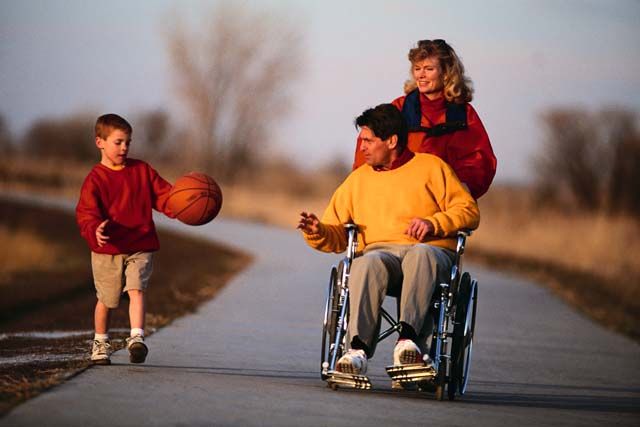Thousands of NYC students with disabilities missed out on services last year
When the coronavirus first forced New York City school buildings to shut, disability advocates began raising alarms about how remote learning would affect some 200,000 city students with special needs.
On Tuesday, an education department report showed tens of thousands of students with disabilities did not receive all of their mandated services — and significantly fewer students were referred for special education services at all.
But the annual report, which tracks whether students received the help they were entitled to during the previous school year, offers an incomplete picture of the pandemic’s impact.
“Their numbers were improving, and then everything got set back,” said Maggie Moroff, a special education policy expert at Advocates for Children, which focuses on students with special needs. “What we don’t know is a whole lot about what happened in those months after school buildings closed.”
Before buildings shut down on March 16, nearly 83 percent of students with disabilities were receiving the correct services, such as a small class exclusively for students with disabilities, or a larger one with a mix of special education and general education students typically staffed by two teachers. That’s about two percentage points better than the same period the previous school year, though it also points to an enormous gap: 17 percent of students with disabilities — or nearly 32,000 children — were only receiving some of the specialized instruction they were entitled to or none at all.
Danielle Filson, an education department spokesperson, wrote in an email that the city has continued to track special education services since March and indicated that 83.7 percent of students were receiving the correct services as of the end of last school year, roughly a percentage point lower than the previous school year. However, Filson said the full-year data, which included the period between March and June, was “not meaningful” because the city’s data systems are meant to track students learning in person and instruction was fully virtual in the spring.
Regardless, those statistics don’t capture some of the significant changes students experienced during the transition to remote learning. Some students lacked the technology required to keep up with their schoolwork or received little live instruction from their teachers, which was not required after buildings shut down in the spring.





